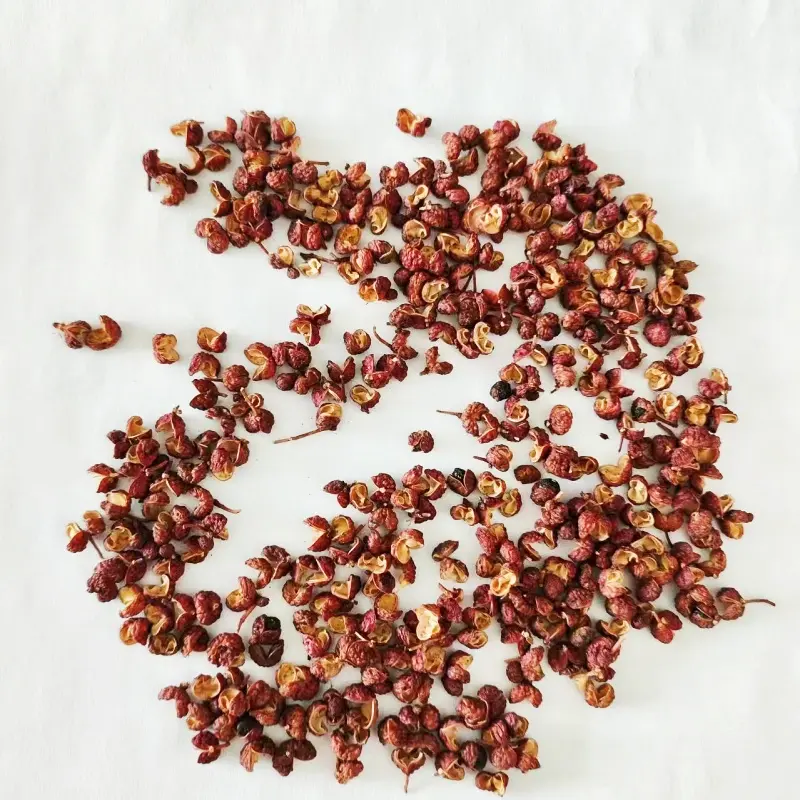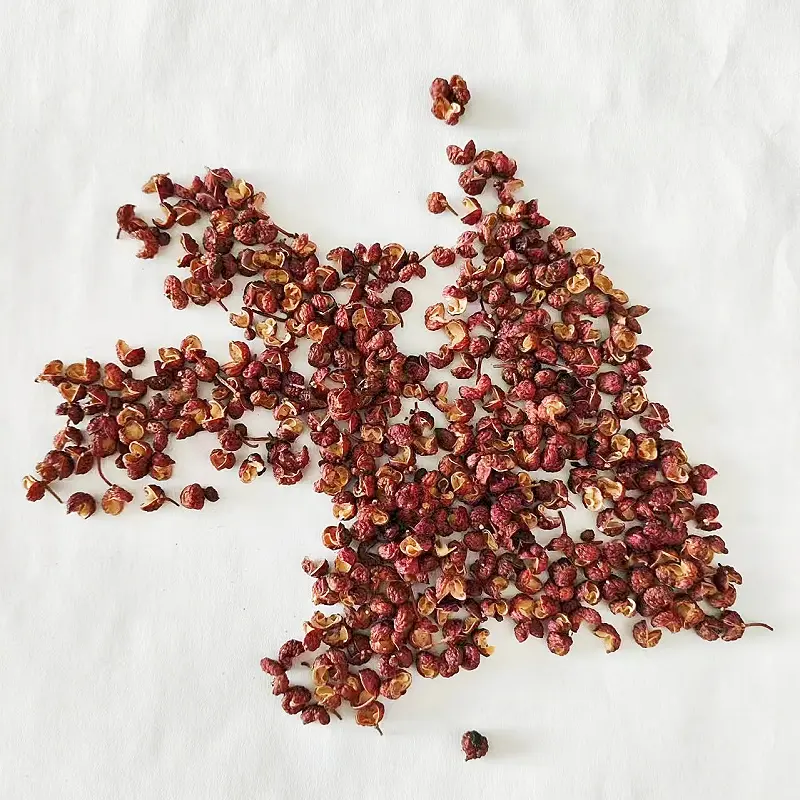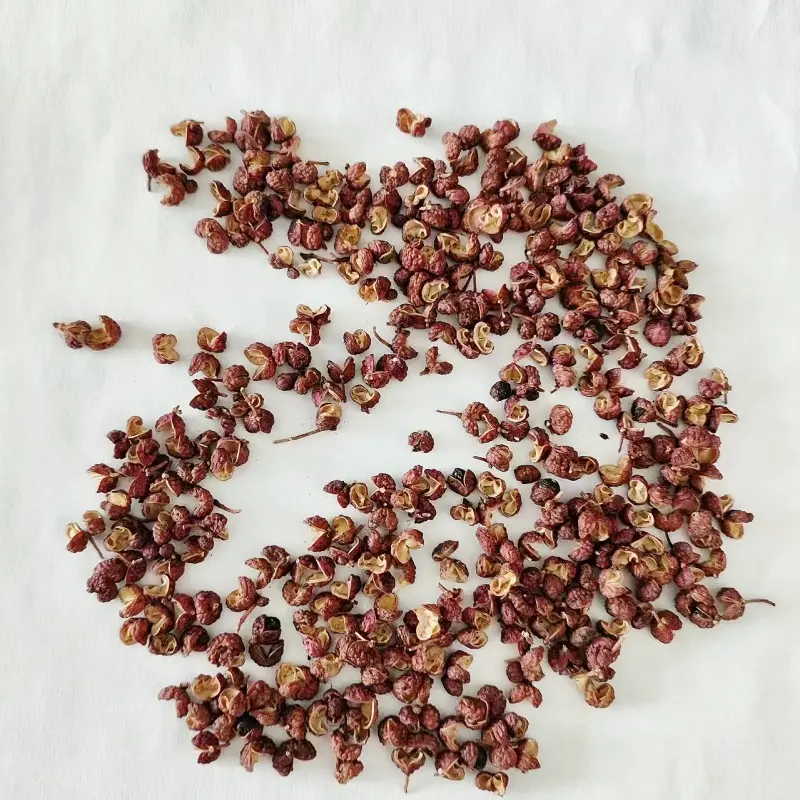I was absolutely Sichuan peppercorns slot, when it is a commoncombination, mixing it with Chinese five spice powder and shrimp from the best. I hear black pepper shrimp, but this concept, the delicious steps continue.
But it is a small project, realized than the first. In Saturday's shrimp isdirect defoaming oil, put the useless salt, and then coated with Sichuanpepper, black pepper, five spice powder, salt and a lot more. Brittle shelloil, so it is completely acceptable Sokolov reclamation, eat the whole shelland all. I don't want to be the first, but he turned out to be absolutely correct. They are brittle, but not tough. Its working principle.
The only problem is the sheer abundance) salt. A relief to lift its childshells. You will get the feel of quiet perfume, but not sodium abundance).Maybe I just have this hand, next time. My wife is a good paper, will grow up to do a little better than A appetizer, because they are a small cornerso delicious.
Ingredients:
- 1 1/2 teaspoon Sichuan peppercorns
- 4 tablespoons salt
- 1 1/2 teaspoons five-spice powder
- 1 1/2 teaspoons black pepper
- 1 pound medium shrimp, shells on, heads and legs removed
- vegetable oil for frying
- Procedures
-
1.Add the Sichuan peppercorns to a dry non-stick skillet set over medium-high heat. Toast them quickly until they are dark and fragrant. Transfer to a mortar and grind.2.Add three tablespoons of the salt to the same skillet set over medium heat. Stir occasionally for about 3 minutes, or until the salt turns gray. Combine it with the ground Sichuan pepper and five-spice powder.3.Pour enough oil to come halfway up a medium-sized pot. Bring the temperature of the oil up 350°F. Add the shrimp and cook until they turn red, which should take less than a minute.4.Add the rest of the salt to a skillet set over medium-high heat. Add the cooked shrimp and stir quickly until coated with salt. Then transfer directly to the salt mixture. Toss until coated. Serve the shrimp on a platter, with the rest of the salt mixture on the side.1.Add the Sichuan peppercorns to a dry non-stick skillet set over medium-high heat. Toast them quickly until they are dark and fragrant. Transfer to a mortar and grind.2.Add three tablespoons of the salt to the same skillet set over medium heat. Stir occasionally for about 3 minutes, or until the salt turns gray. Combine it with the ground Sichuan pepper and five-spice powder.3.Pour enough oil to come halfway up a medium-sized pot. Bring the temperature of the oil up 350°F. Add the shrimp and cook until they turn red, which should take less than a minute.4.Add the rest of the salt to a skillet set over medium-high heat. Add the cooked shrimp and stir quickly until coated with salt. Then transfer directly to the salt mixture. Toss until coated. Serve the shrimp on a platter, with the rest of the salt mixture on the side.
1.Add the Sichuan peppercorns to a dry non-stick skillet set over medium-high heat. Toast them quickly until they are dark and fragrant. Transfer to a mortar and grind.
2.Add three tablespoons of the salt to the same skillet set over medium heat. Stir occasionally for about 3 minutes, or until the salt turns gray. Combine it with the ground Sichuan pepper and five-spice powder.
3.Pour enough oil to come halfway up a medium-sized pot. Bring the temperature of the oil up 350°F. Add the shrimp and cook until they turn red, which should take less than a minute.
4.Add the rest of the salt to a skillet set over medium-high heat. Add the cooked shrimp and stir quickly until coated with salt. Then transfer directly to the salt mixture. Toss until coated. Serve the shrimp on a platter, with the rest of the salt mixture on the side.
-





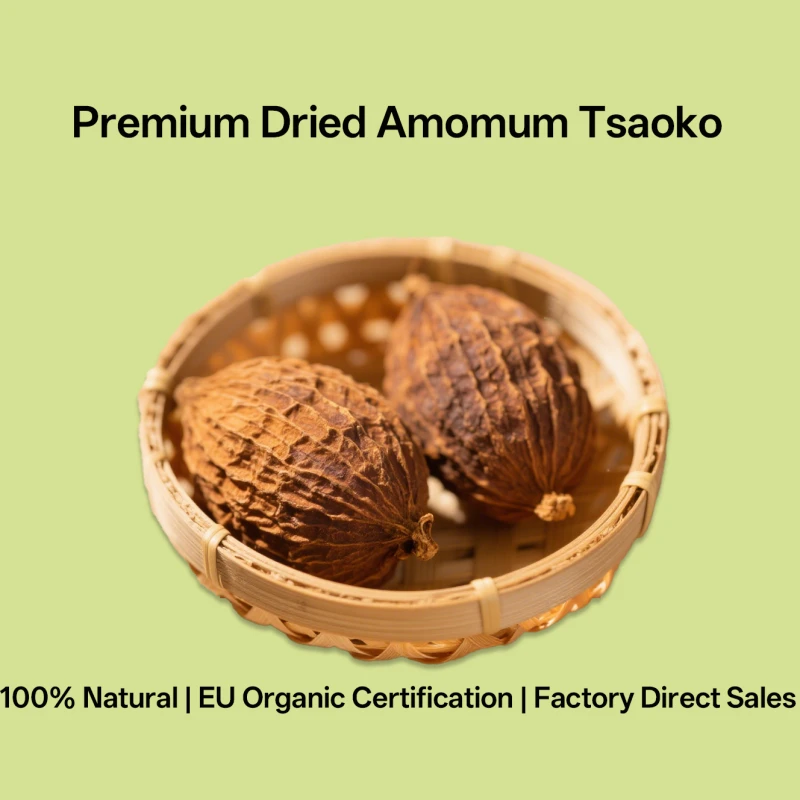
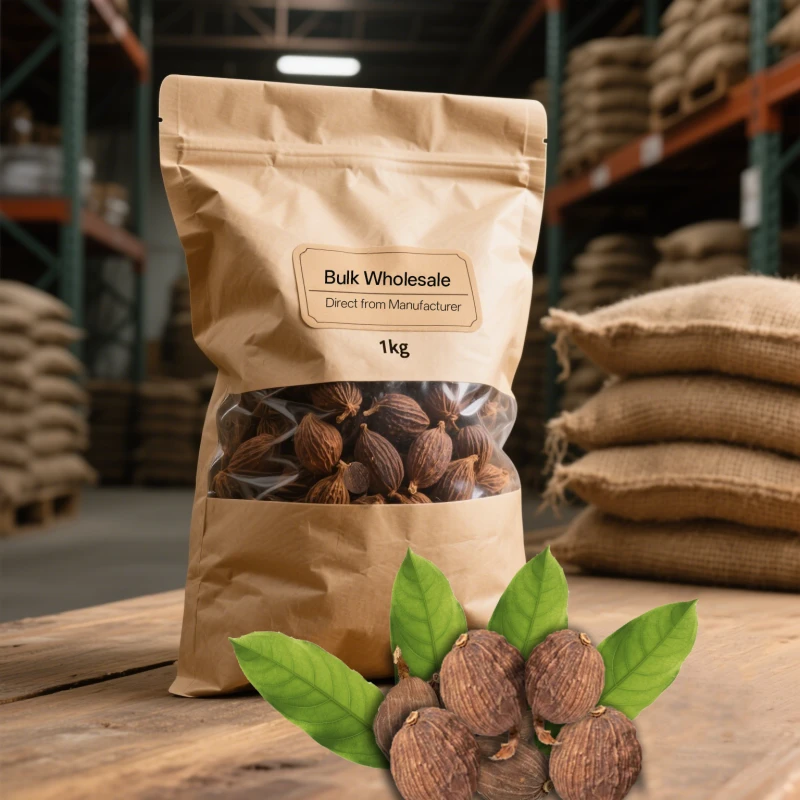
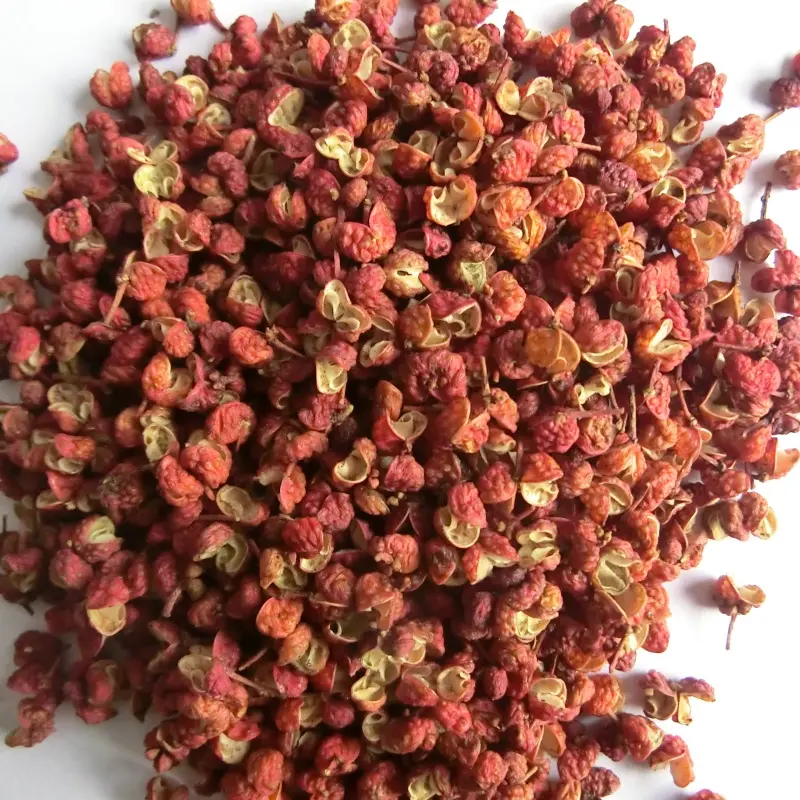
811.webp)

